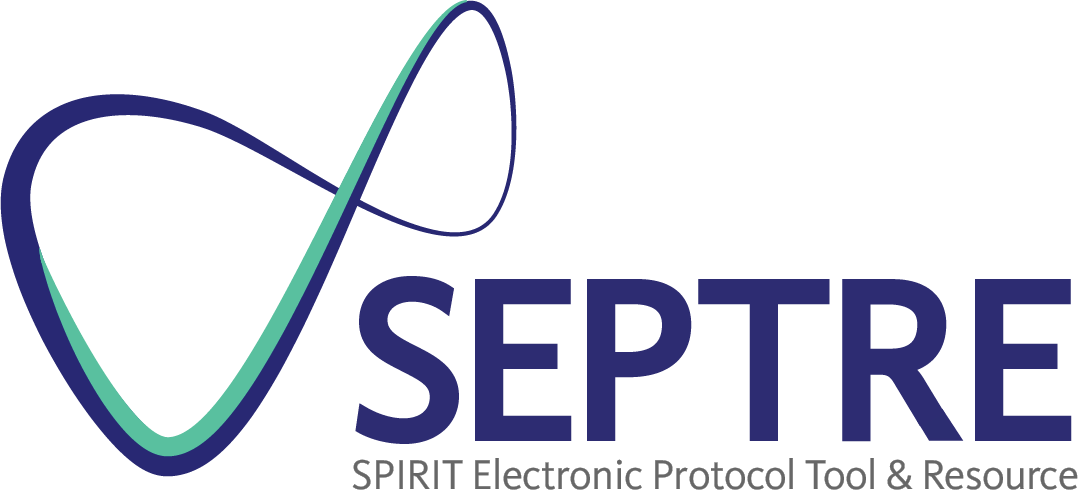Item 17b: If blinded, circumstances under which unblinding is permissible, and procedure for revealing a participant’s allocated intervention during the trial.
Example
“To maintain the overall quality and legitimacy of the clinical trial, code breaks should occur only in exceptional circumstances when knowledge of the actual treatment is absolutely essential for further management of the patient. Investigators are encouraged to discuss with the Medical Advisor or PHRI [Population Health Research Institute] physician if he/she believes that unblinding is necessary.
If unblinding is deemed to be necessary, the investigator should use the system for emergency unblinding through the PHRI toll-free help line as the main system or through the local emergency number as the back-up system.
The Investigator is encouraged to maintain the blind as far as possible. The actual allocation must NOT be disclosed to the patient and/or other study personnel including other site personnel, monitors, corporate sponsors or project office staff; nor should there be any written or verbal disclosure of the code in any of the corresponding patient documents.
The Investigator must report all code breaks (with reason) as they occur on the corresponding CRF [case report form] page.
Unblinding should not necessarily be a reason for study drug discontinuation.”265
Explanation
Among 58 blinded Danish trials approved in 1994-95, three-quarters of protocols described emergency unblinding procedures.3 Such procedures to reveal the assigned intervention in certain circumstances are intended to increase the safety of trial participants by informing the clinical management of harms or other relevant conditions that arise. A clear protocol description of the conditions and procedures for emergency unblinding helps to prevent unnecessary unblinding; facilitates implementation by trial personnel when indicated; and enables evaluation of the appropriateness of the planned procedures. In some cases (e.g., minor, reversible harms), stopping and then cautiously re-introducing the assigned intervention in the affected participant can avoid both unblinding and further harm.
| 17a: Blinding (masking) | 18a: Data collection methods |

